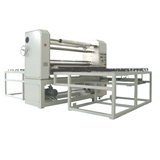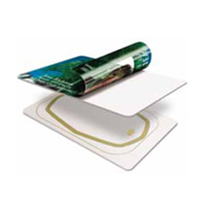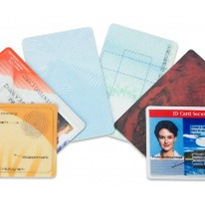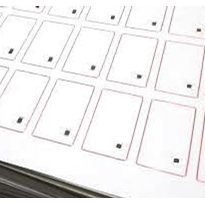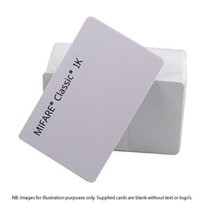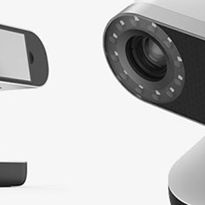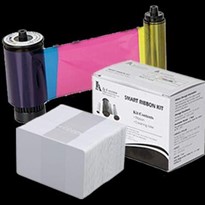Although we saw paper printers instead of ID card printers there were still paper printers, how much did the film get right and what are we still waiting for?
One of the technologies that Marty McFly and Doc Brown did encounter was the use of fingerprint technology.
Although the idea of identifying someone based on their friction ridges is old, the technology and its functions have been gradually improving and expanding.
Interestingly, fingerprint technology has found a new application.
Fingerprint technology and smart cards
Norwegian startup Zwipe, in conjunction with MasterCard, has been developing a smart card that uses biometric data to reinforce security.
The first of its kind card incorporates a fingerprint scanner and contactless technology, the former replaces the traditional PIN while the latter uses near field communication (NFC), which allows the card to be waved rather than swiped.
To activate the Zwipe MasterCard, the user must place his or her finger on the scanner. After the user has activated it, the product can make payments with the speed and ease of a contactless smart card.
The biometric information is locally stored on the card rather than in a cloud or server.
AXA Technology Services: A case study
The combination of fingerprint technology and contactless payments might be new, but this mode of biometric authentication has been around for years in other sectors.
In 2007, AXA Technology Services approached Gemalto and Microsoft to implement a new security system for its subsidiary. In response, the three organisations came up with a smart card platform with an extended biometric authentication application that would be rolled out to AXA’s 3,500 employees.
The primary aim was to enhance user experience when accessing applications while offering a better level of security.
The outcome was an increased overall level of IT security, and its implementation led to reduced password sharing and badge swapping. The biometric application enhanced user experience by facilitating convenience and flexibility.
Smart cards are a flexible technology that allows businesses to improve security and user experience. Although not all companies have the capital base to invest in fingerprint technology, simply buying an ID printer will have a similar effect.
Get in touch with an experienced team of ID card specialists and find out how you can implement ID cards at your workplace.




-160x160-state_article-rel-cat.png)



-160x160-state_article-rel-cat.png)
-160x160-state_article-rel-cat.png)


